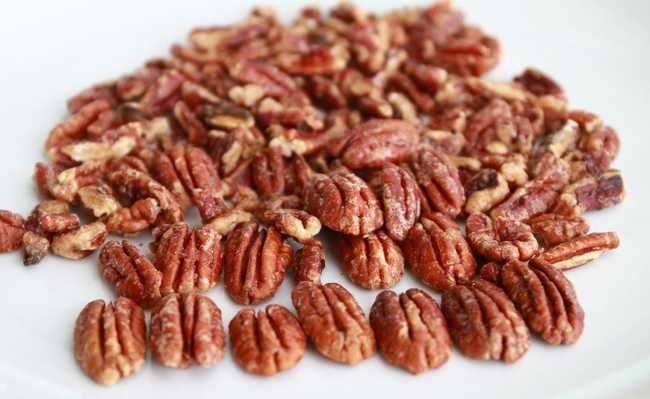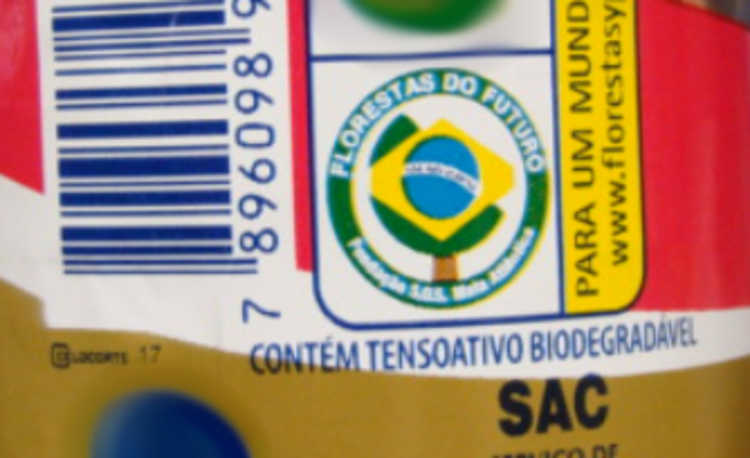What is annatto and its benefits
Discover six benefits of the annatto, this native fruit of tropical America widely used by the indigenous

Edited and resized image by Matthew T Rader, available on Unsplash
The urucum or urucu, from Tupi, uru'ku, which means "red", is a fruit that grows on the tree belonging to the species bixa orellana. Native to tropical America, the urucueiro can reach up to six meters in height, with pale green leaves and pink flowers, with fruits whose seeds are bright red. In Portugal, annatto is also called saffron and paprika (the latter, there, is also used to refer to paprika, a powdered condiment made from peppers).
Uses of annatto
Annatto seeds are traditionally used by Brazilian and Peruvian Indians as raw material for red dyes, sunscreen, repellent and a religious item of thanks for harvesting and fishing. In Brazil, annatto powder is used by non-indigenous people as a condiment to give food color. In this format it is found in fairs and markets under the name of " paprika ".
- Sunscreen: factor number does not guarantee protection
- Oxybenzone: toxic compound is present in sunscreen
- Homemade repellent: easy and natural recipes
Despite being native to the Americas, the use and cultivation of annatto was widespread in Europe in the 17th century; and today it is used worldwide as a colorant for various purposes, mainly in the food industry. It is estimated that annatto is present in 70% of food colors. It is a natural alternative to the carcinogenic artificial coloring aniline and, as it lacks flavor, it can be found in many foods.
Benefits

Edited and resized image by Igor Rodrigues is available on Unsplash
1. It is rich in antioxidants
Annatto contains several plant compounds with antioxidant properties, including carotenoids, terpenoids, flavonoids and tocotrienols (see studies about it here: 1, 2, 3, 4). These compounds help neutralize potentially harmful molecules known as free radicals, which can damage cells and lead to the development of chronic diseases such as cancer, brain disorders, heart disease and diabetes (see study on this: 5).- Antioxidants: what are they and in what foods to find them
- What are free radicals?
2. It has antimicrobial properties
Test tube studies have shown that annatto extracts inhibit the growth of various bacteria, including Staphylococcus aureus and Escherichia coli (check the studies here: 6, 7). Another study showed that annatto killed several fungi, including Aspergillus niger, Neurospora sitophila and Rhizopus stolonifer. In addition, the addition of annatto to bread inhibited fungal growth. A third study found that patties made with annatto had less microbe growth than patties that did not contain them.
3. Helps fight cancer
The annatto extract can suppress the growth of cancer cells and induce cell death in prostate, pancreatic, liver and skin cancer cells, among other types of cancer (see studies about it here: 6, 7, 8, 9).
4. Good for the eyes
Annatto is rich in carotenoids, which are substances that help promote eye health (see study about it here: 8). These carotenoids are particularly bixin and norbixin, which are found in the outer layer of the seed (see study about it here: 9). In an animal study, supplementation with norbixin for three months reduced the accumulation of the compound N-rethynylidene-N-retinylethanolamine (A2E), which was associated with age-related macular degeneration. This disease is the leading cause of blindness in adults and can develop with the use of blue light. Learn more about this topic in the article: "Blue Light: what it is, benefits, harm and how to deal with it".
5. Good for the heart
Annatto is a good source of compounds in the vitamin E family called tocotrienols, which can protect against age-related heart problems (see study about it here: 10).
6. Can reduce inflammation
Several test tube studies indicate that annatto compounds can reduce numerous markers of inflammation (see studies here: 11, 12, 13).
Safety and Side Effects
In general, annatto appears to be safe for most people (see study about it here: 14). However, some people may experience allergic reactions, especially if they have allergies to family plants. Bixaceae (Check out the study about it here: 15).
Symptoms of annatto allergy include itchiness, swelling, low blood pressure, hives, stomach pain and Irritable Bowel Syndrome (IBS) symptoms (see studies on this: 16, 17).
Pregnant or nursing women should not consume it in amounts greater than those normally found in food, as there are not enough studies on its safety in these populations.
If you experience any uncomfortable side effects when consuming annatto or products containing it, stop immediately and talk to your doctor.Adapted from Ryan Raman, Wikipedia and PubMed










